The Difference Between Cleaning Sanitizing and Disinfecting
It is critical that businesses maintain a clean environment. Whether you keep up with maintenance by using cleaning checklists or schedules, washing your place often keeps your team and customers happy. You need to learn the different cleaning stages to find the best solution that slows the spread of disease or viruses. We’re looking at how cleaning disinfects & disinfects is done, and how it can improve your janitorial habits as a whole. The CDC recommends prevention of Coronavirus infection.
Sanitizing and Disinfecting
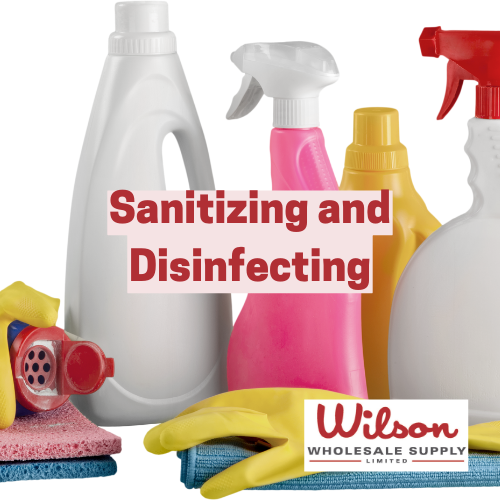
Several types of disinfection and sanitizers differ in terms of how much kill bacteria in a procedure. Disinfectants are great to remove most germs, BUT they aren’t antiviral. Disinfecting is much more powerful if used as disinfectant than sanitizing as it kills almost 80% of bacteria, viruses and bacteria as well as targeting certain diseases such as influenza virus norovirus. Because disinfection has greater power than sanitizing disinfectant is frequently used in areas with poor health populations including hospitals and daycares. Disincentive foggers are commonly employed when distributing disinfection agents across larger areas to stop the spread of the flu virus and infectious diseases.
What is Disinfecting?
The disinfecting process involves the removal of viruses and diseases from frequently touched surfaces using disinfectant products. These disinfecting substances must eliminate 99.9% of infections in just 5 to ten minutes contact time. The disinfecting process is recommended on often visible dirt surfaces. Bathrooms must always be sanitized as they are susceptible to pathogens which could lead to infection. Disinfectants commonly used are the following:
Hospital Grade Disinfectants:

Also called broad-spectrum disinfectants, these are commonly used in medical facilities as they are effective against a wide range of bacteria, fungi and viruses. Some examples include quaternary ammonium compounds and phenols.
Food Grade Disinfectants:
Used in the food industry, these disinfectants are safe to use around food and won’t taint surfaces. They effectively kill bacteria, fungi and viruses and are available in both liquid and powder form.
Industrial Grade Disinfectants:
These are strong solutions that are used in industrial settings where there is a need to eliminate pathogens, fungi and viruses quickly. They are also effective against a wide range of microorganisms, making them ideal for use in factories, labs and other commercial settings.
What is the purpose of cleaning?

Cleansing is an effective method of removing dirt or toxins from the air. The cleaning process involves water or scrubbing the body. Cleaners do not destroy bacteria, viruses or fungi called “germ”. The environmental protection agency has shown that microfiber and water can effectively remove bacteria and viruses from surfaces. Cleanup also disturbs environments that allow germ borne organisms to live and reproduce. Washing removes dust, mold, irritations, or allergens causing asthma symptoms.
Tell me the difference between cleaning and sanitizing?
Cleaning and Sanitizing are different in that cleaning removes the debris and residue and Sanitizing eliminates pathogens when it is removed from the surface. The comparison is that cleaning is performed before sanitizing and a cleaning process will follow depending on the surface. All items containing food contact surfaces that can be contaminated are a desirable choice.
What is Sanitizing?
Sanitizing the surface is necessary to remove germs. The disinfecting product should decrease bacteria to an acceptable level for the safety of health risks. To comply with the Centre for Disease Control, and their public health standards regarding spreading infection, the cleaning agents must eradicate 99.999 % of the testing bacteria within the next 15 minutes. Although disinfecting reduces bacteria and viruses on surfaces, they don’t eradicate them all.
What is Washing?
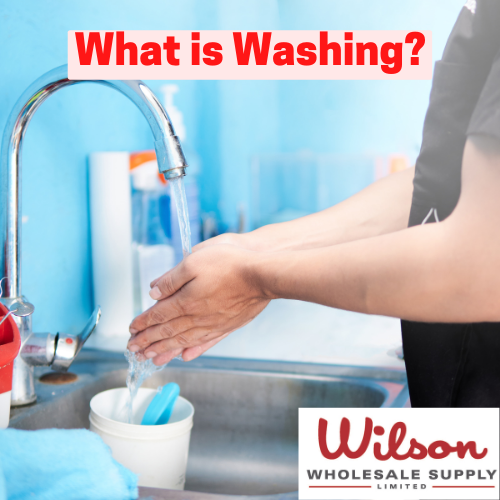
Washing is the removal of all visible contaminations from the surface by washing, brushing, and wiping. This procedure has surface levels and does NOT eliminate germs but may help decrease their numbers. It is expected that this will be one of its main stages of washing.
Tell me the best way to sanitize a table used to prepare food?
How can we safely clean surfaces to prevent food poisoning? I’m just curious about that. If you are cleaning up a table used for cooking equipment and food, following these steps the cleaning procedure should be followed. Use disinfecting wipes that kills germs in your kitchen to eliminate cross contamination which may result in contaminated dishes.
What is the difference between sterilize vs sanitize?
The main difference between sterilize and sanitize is that sterilization destroys all microorganisms including harmful pathogens, viruses, fungi, and spores whereas sanitation only reduces the number of microorganisms.
Sterilization is a process where all microorganisms are killed while sanitization is a process where the number of microorganisms is reduced to safe levels. Sterilization is done using heat, chemicals, or irradiation while sanitization can be done using heat, chemicals, or ultraviolet light. Sterilization is a more effective process than sanitization.
How do I disinfect surfaces during the coronavirus disease pandemic?
Killing germs on dirty surfaces is important to help prevent the spread of COVID-19. The best way to clean and disinfect is to use products that are safe and effective for disinfecting surfaces.
When cleaning surfaces, always follow the instructions on the product label to make sure you are using the product safely and effectively.
Here are some tips for cleaning and disinfecting common surfaces:

-Tables, doorknobs, light switches, countertops, handles, desks, phones, keyboards, toilets, faucets, sinks and visible debris
-For hard surfaces, use a disinfectant with a label claim for viruses that will kill germs, like COVID-19
-You can also use a 1:100 diluted chlorine bleach solution (1 part bleach to 100 parts water) on hard surfaces
-If using chlorine bleach, make sure the area is well ventilated
-Never mix bleach with ammonia cleaners
-Wash your hands after using any cleaners
-For soft areas such as carpets, rugs, and drapes, use products that are safe for these areas and that have a label claim for viruses similar to COVID-19
How can I protect myself and others when using disinfectant wipes?
When using a disinfectant, always follow the instructions on the label to make sure you are using the product safely and effectively.
Here are some general tips for using cleaning products safely:
-Wear gloves when cleaning or handling trash
-Avoid contact with skin, eyes and clothing
-Do not breathe in dust or fumes
-Use in a well-ventilated area
-Wash your hands after using any cleaning products
-Keep cleaners and chemicals out of the reach of children and pets.
In Sumarry

This article discusses the importance of cleaning and common disinfectants to kill viruses on surfaces to prevent the spread of COVID-19 and other. It provides tips on how to clean and disinfect common surfaces in the home and office. Some general safety tips are also provided for using cleaning products safely.

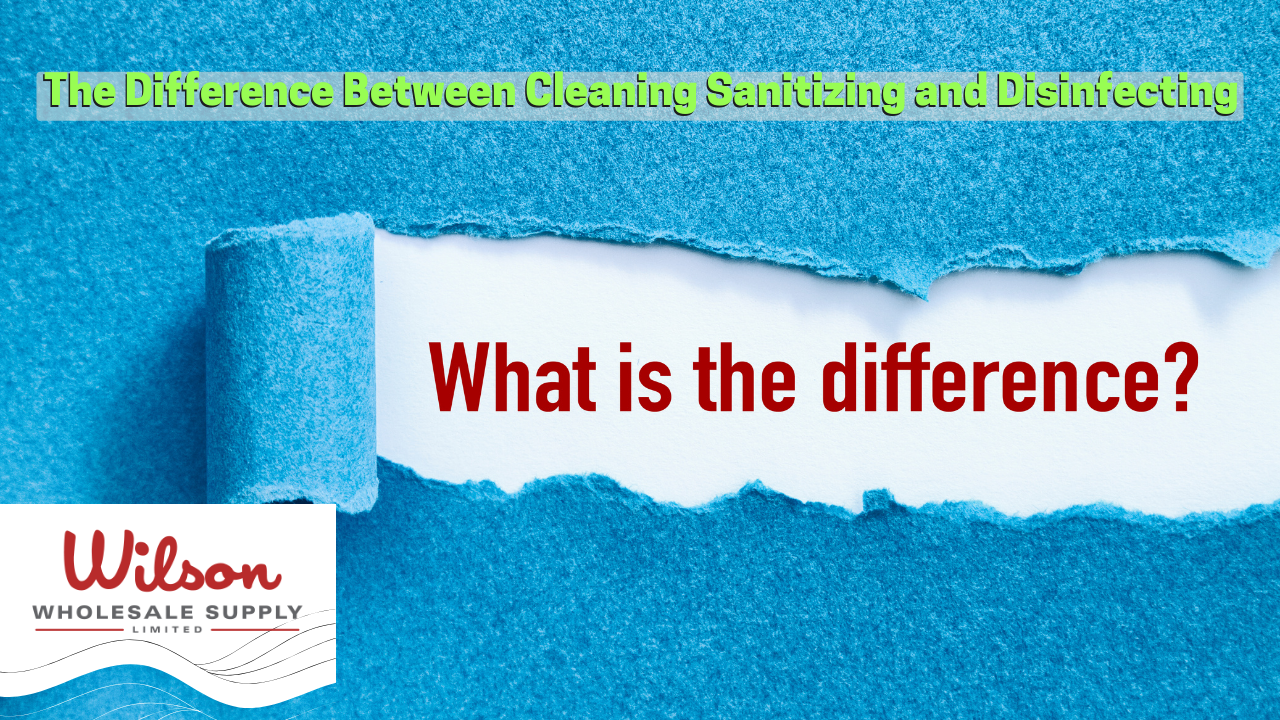
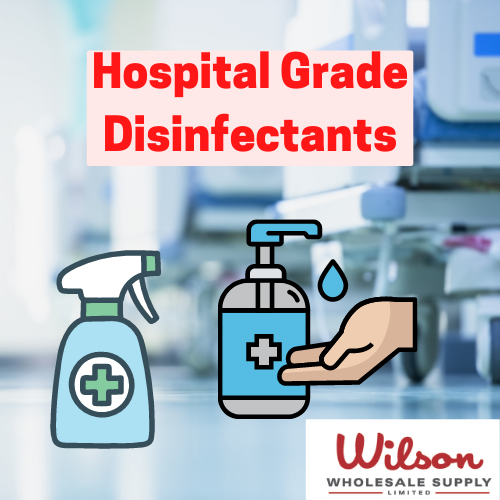
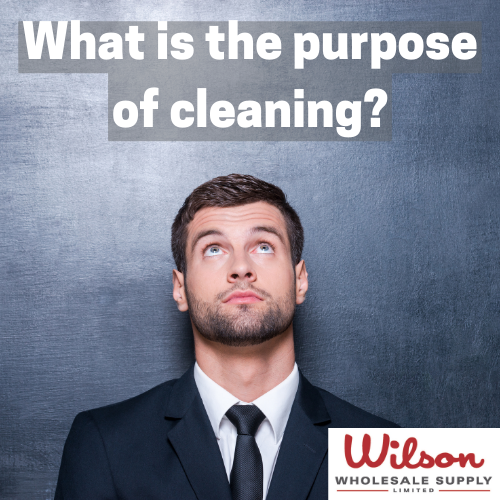
0 Comments